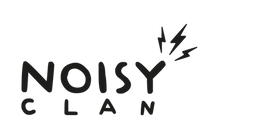Welcome to our interpretation of the CAGED system. CAGED can open up your chord palette, enrich your range of chords, tones and inversions and make you a more adventurous guitar player. It may also make you better looking (no promises)!
The CAGED system is built using the five open position major chords: A, C, D, E and G. These chords connect as a group of movable shapes that provide a logical framework for playing a chord anywhere on the fretboard.
Importantly it is not the CADGE or the DEGAC system. The CAGED shapes always connect in the order of the letters in C-A-G-E-D. Conveniently CAGED is an actual word and captures that order, but we could start on any letter ie. AGEDC would accurately describe the sequence of chords starting at the A chord, GEDCA starting from G etc..
The diagram below shows all the positions along the fretboard to play a C chord. The shapes connect and share notes - where one shape ends, the next begins. The root notes are the keys to connecting CAGED.

Each caged shape contains just three notes: the root, the third and the fifth. It allows us to take simple open chords and move that shape up the neck to play other chords.
Connecting Shapes
Use our free downloads to follow along with this blog!
- The first chord position for C uses the C-shape. This shape has roots on the A and B strings. We will use the root on the A string to help us navigate along the fretboard and find the next chord position.
- The second shape in CAGED is the A-shape. Building from the same low root as C, at the 3rd fret on the A string. This shape extends to the 5th fret where the next root is located. Barre the notes on the 3rd fret to play the full chord shape.
- Continuing to move along the fretboard, the third chord position for C uses the G-shape. The back of the G-shape connects to the front of the A-shape, on the 5th fret.
- The fourth chord position for C uses the E-shape. It connects to the G-shape and is built from the root found on the 8th fret of the E string. Barre the 8th fret to play the full chord shape.
- The fifth and final chord position for C uses the D-shape, which connects to the previous shape, E. The remaining roots sit on the D and B strings, respectively, within the D-shape. This connects the full CAGED system.
Shapes vs. Chords
Chords and chord shapes are different. A chord is a collection of notes. These notes can be arranged in different orders and the chord will still keep its name. A shape describes the finger formation physically required to play a chord.
When we slide a shape along the neck, the chord we hear changes. Play the open E major chord below. Now, slide your hand up by five frets, making sure that the overall shape that you fret is the same, using a barre chord. You are now playing an A chord.

Interval finding
Any note will appear 6 times within a 12 fret octave, once on each string. This pattern repeats above the 12th fret until the guitar neck ends. Knowing these interval patterns make it easy to build a chord or triad around any note using the CAGED system.
The five CAGED shapes are built from just three root positions on the E, A and D strings. This makes it easy to play CAGED shapes based on their root position.
Triads
Triads are three note chords. A major triad is formed from the root, 3rd and 5th intervals. These intervals must be present to form a fully defined chord.
When the root note is the lowest note in the triad, this is the root position. There are two inversions of the chord. The first inversion has the third as the lowest note and the second inversion has the 5th as the lowest note.
Triads give guitarists access to 12 additional shapes for playing a major chord. These shapes can be played and modified easily. The five major CAGED shapes can be split into 12 shapes on adjacent strings. These types of triads are sometimes called ‘closed’ triads. The six strings of the guitar can be split into 4 groups of 3 adjacent strings.
For more information on triads, I would recommend reading this blog post.
The CAGED system provides an easily learned backbone that spans the entire fretboard, across which we can build every other chord type. Stay tuned, we have a pretty cool tool coming soon that will help you master the fretboard using CAGED chord shapes.








